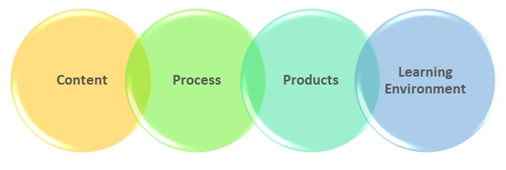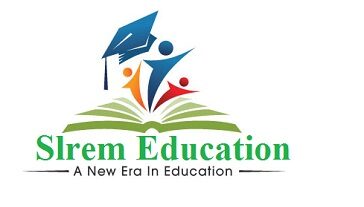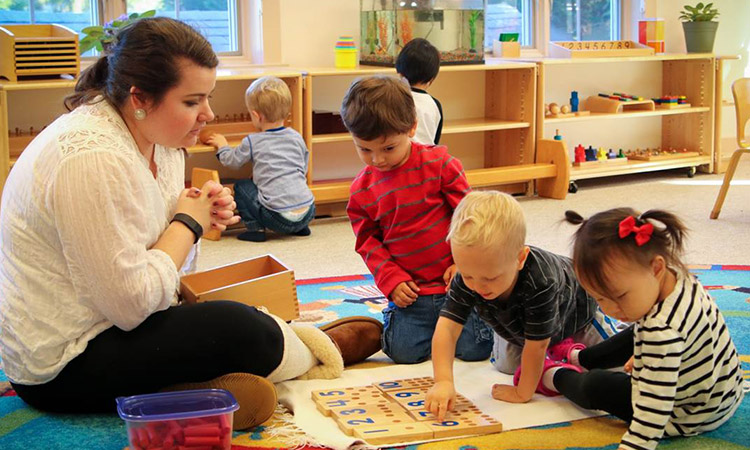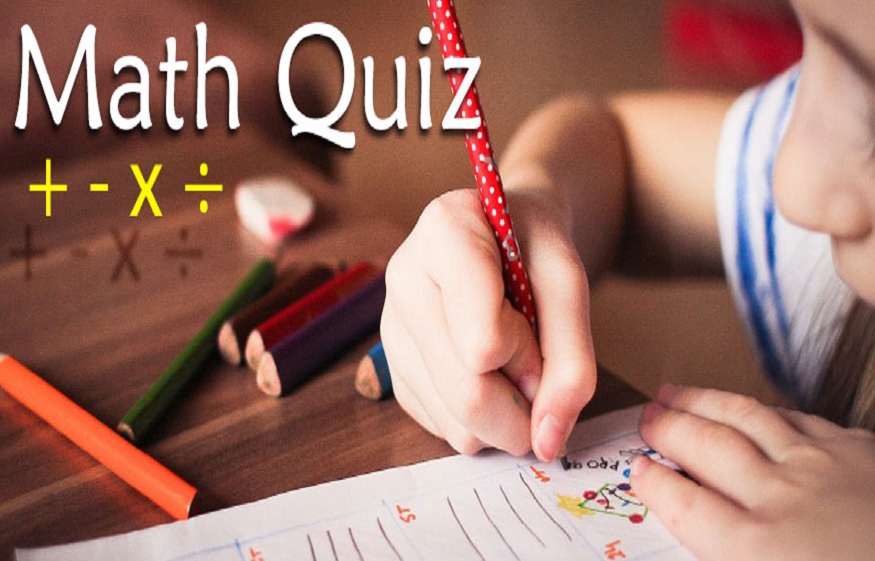Teaching professionals who are dealing with early childhood or Montessori education need to respond to the change among students in a classroom. It is a well-known fact that there are students with various learning flairs in any general education classroom, right? Among them, some students may learn best by reading and writing while others choose to watch a video, listen to a recording, or prefer some hands-on activities.
As a skilled 21st century educator with an internationally accredited Montessori diploma online, you need to understand differentiated teaching that matches a variety of learning styles. Differentiation education entails the best efforts of instructors like you. Differentiation schooling supports distinguishing teaching methods to meet the individual needs of the learners effectively.
Before we just jump into the topic of our discussion, let’s first have a look at what is differentiated learning actually?
As the term suggests, differentiation education helps in modifying the instructional approaches to meet the individual requirements of the students. Educators can separate at least four classroom fundamentals based on apprentice willingness, interest, or learning profile:

1. Content – Content describes what are the learning requirements of a learner and how the learner will get in contact with the material.
2. Process – This stage deals with the several groupings indulged by the learner to comprehend the content.
3. Products – Products category helps in the decision of the projects that aid the students to practice, apply, and encompass the numerous things that he/she has expanded knowledge of.
4. Learning environment –This guides the direction of how the growth of future teachers depends on the immediate environment in a specific classroom.
Differentiated Method And Montessori Education For Learning Differences
This approach works well with the response to intervention (RTI) and the objective of RTI is to spot education difficulties early.The differentiation is one of the utmost challenges for instructors to implement in a conventional classroom, but at the same time,it is one of the greatest resources of the Montessori educational model.Montessori classrooms are characteristically distinguished as each child is moving through the curriculum at their own pace.
We know the fact that the wide range of ability levels in a classroom works as an asset, and that’s why Montessori education intentionally has mixed-age classrooms. Just like the Montessori classrooms, in the differentiation method, students have multiple options for taking in information, making sense of concepts, and expressing what they learn. Dr. Montessori understood the requirement for an individualized learning experience in 1906 and her method endures to be a well-designed and operative model of differentiated teaching for academics of nowadays.
How Differentiated Education Works Actually?
The key features of the Differentiated Education approach are:
Mutual Learning: In the differentiation technique, sometimes students become teachers and they share what they’ve educated and asking classmates questions, and so on.
Small Work Groups: The learners in each group replace in and out in differentiation education. This delivers them a chance to contribute to many different groups and share their ideas. This is an essential opportunity for learners to learn from each other.
Constant Assessment: Educators frequently screen schoolchildren’s assets and weaknesses to ensure they’re developing well in their knowledge and mastery of homework.
As the Montessori teaching professional uses differentiated education to provide every student with numerous pathways to education. It consists oflearners who have Individualized Education Programs (IEPs) or 504 plans. It is necessary to understand this doesn’t swap the goals and objectives in a child; instead, the teacher engraves teaching to aid the scholar to meet those goals and objectives.
The Montessori classroom allows all students to be provided with an aptly differentiated set of courses within their schoolrooms. Gifted and children who have different learning needs from other children are usually very curious and they are being reinforced by the differentiation in student learning through a multi-age approach.
Montessori education explored ways that education could help diminish the changes between the typically evolving child and the child who experiences learning and attention variances. The differentiated Montessori educators can use several techniques to help the child who learns differently:
- Teachers can syndicate Multisensory Structured Language practices with Montessori Language presentations.
- Montessori teachers can make control charts.
- Montessori educators can focus on the expansion of spoken language.
- Montessori teachers can decrease the difficulty of an activity to help young kids with learning differences.
- Skilled Montessori educators use more tactile- kinaesthetic participation.
- Teachers may boost the structure for the child with impulse control problems to sustain attention.
Montessori education distinguishes that each kid learns in a different way and at their own pace. This approach respects each child’s exclusive learning trail. Learning in a Montessori classroom is multi-sensory and hands-on, however, if a child who has special needs is very serious and advance then it is always suggested to consult with the doctors and teachers as well.
Watch the video to know more about the principles of Montessori education.
It is correct that some children need extra time, attention, expertise, effort, and endurance before they are completely integrated into the learning environment. Dr. Maria Montessori worked with numerous groups of children with learning special needs. Dr. Montessori understood this and stated that “Discipline is reached always by indirect means. The end is obtained, not by attacking the mistake and fighting it, but by developing activity in spontaneous work…Discipline is, therefore, not a fact but a path.”
The Montessori method embraces individuality and therefore, the Montessori technique is correspondingly effective with numerous types of children, counting children with special educational needs. The professional Montessori teacher with an internationally accredited Montessori diploma online comprehends each kid’s strong points and weaknesses through scientific reflection and careful development. Eventually, this formulates the learning environment to make the most of the child’s potential.






